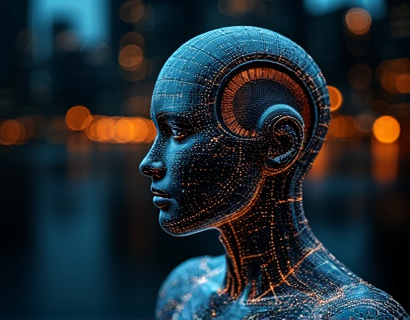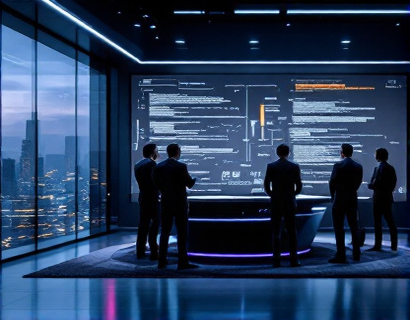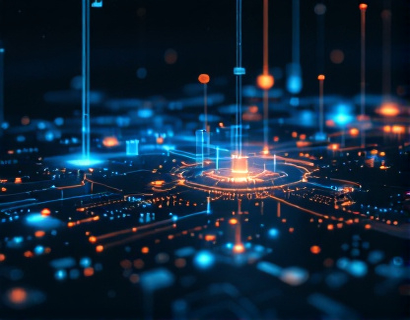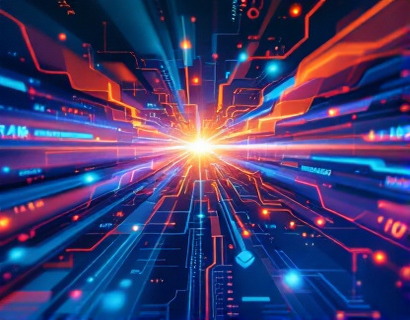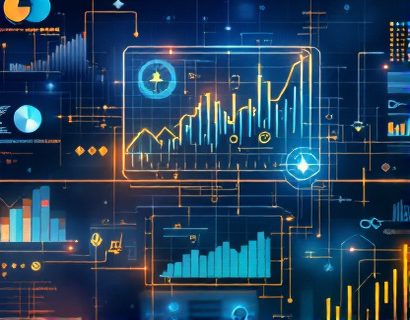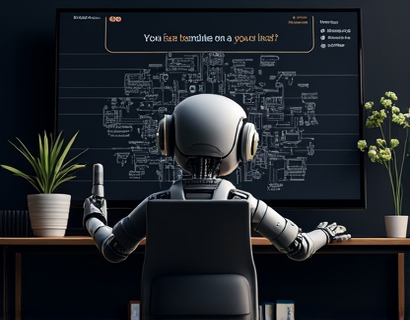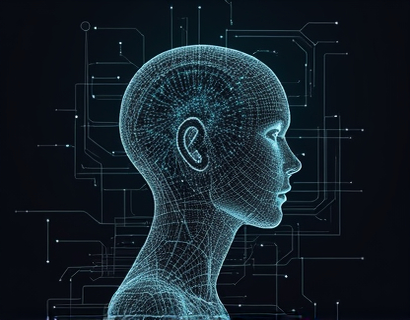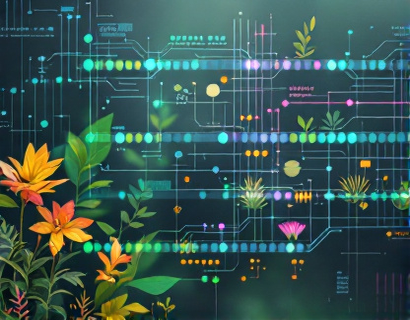AI-Powered Translation Technology: Elevating Global Communication for Businesses and Individuals
In an increasingly globalized world, the ability to communicate effectively across languages is more crucial than ever. AI-powered translation technology has emerged as a transformative force, breaking down language barriers and enhancing business interactions on a global scale. This advanced technology leverages the power of artificial intelligence to provide precise and rapid translations, enabling seamless multilingual connections across diverse industries. The evolution of translation tools has not only improved accuracy but also significantly increased the speed and efficiency of communication, making it easier for businesses and individuals to connect across cultures and languages.
The core of AI-powered translation technology lies in its ability to understand and interpret context, nuances, and subtleties of language that traditional translation methods often miss. By utilizing machine learning algorithms and vast datasets, these systems continuously learn and improve, adapting to new linguistic patterns and industry-specific terminology. This adaptability ensures that translations remain accurate and relevant, even in complex and specialized fields such as law, medicine, and finance.
Precision and Accuracy in Translations
One of the most significant advantages of AI-powered translation tools is their precision and accuracy. Traditional translation methods often rely on human translators, who, despite their expertise, can introduce errors or misinterpretations. AI systems, on the other hand, use advanced algorithms to analyze and translate text with a high degree of accuracy. These systems can handle a wide range of languages and dialects, ensuring that the nuances and subtleties of each language are preserved.
For instance, in the field of medicine, accurate translation is critical for patient safety and effective treatment. AI-powered translation tools can translate medical documents, patient records, and communication between healthcare providers with precision, reducing the risk of misunderstandings and errors. Similarly, in the legal sector, where precision is paramount, these tools can assist in translating contracts, court documents, and legal correspondence, ensuring that the intended meaning is conveyed accurately.
Speed and Efficiency
Speed and efficiency are other key benefits of AI-powered translation technology. Traditional translation methods can be time-consuming, especially when dealing with large volumes of text or urgent translations. AI systems, however, can process and translate text almost instantaneously, providing real-time translations that facilitate immediate communication. This capability is particularly valuable in business environments where time is of the essence, such as during international meetings, negotiations, and project collaborations.
For example, a multinational corporation can use AI-powered translation tools to quickly translate business proposals, marketing materials, and customer communications, allowing for swift and effective engagement with international clients and partners. This efficiency not only saves time but also reduces costs associated with human translation services, making global communication more accessible and cost-effective.
Enhancing Business Interactions
The impact of AI-powered translation technology on business interactions cannot be overstated. By breaking down language barriers, these tools enable businesses to expand their reach and operate more effectively in global markets. Companies can communicate seamlessly with customers, partners, and employees who speak different languages, fostering stronger relationships and building trust.
Moreover, AI-powered translation tools can assist in market research and analysis by translating customer feedback, market reports, and industry trends from various languages. This comprehensive understanding of global markets allows businesses to make informed decisions and tailor their strategies to meet the needs of diverse customer bases. In e-commerce, for instance, accurate product descriptions and customer support in multiple languages can significantly enhance the shopping experience and drive sales.
Personal and Professional Communication
Beyond business applications, AI-powered translation technology also revolutionizes personal and professional communication for individuals. Travelers, expatriates, and language learners can benefit greatly from these tools, which provide instant translations of text, speech, and even real-time conversations. This capability removes the anxiety and barriers associated with communicating in a foreign language, making international travel and cultural exchange more accessible and enjoyable.
For professionals in fields such as tourism, education, and international relations, AI-powered translation tools are invaluable. They can facilitate smoother interactions with clients, students, and colleagues, enhancing collaboration and understanding. Language learning apps and platforms that incorporate AI translation features can also provide more interactive and effective learning experiences, helping individuals acquire new languages more efficiently.
Challenges and Limitations
Despite its numerous advantages, AI-powered translation technology is not without challenges and limitations. One of the primary concerns is the accuracy of translations in highly nuanced or context-dependent situations. While AI systems have made significant strides, they can still struggle with idiomatic expressions, sarcasm, and cultural references that may not translate directly. Additionally, certain languages with complex grammatical structures or limited digital resources may not be supported as effectively.
Another challenge is the potential for over-reliance on AI translation tools, which could lead to a decline in human language skills and cultural understanding. It is essential to strike a balance between leveraging technology and maintaining the importance of human interaction and cultural sensitivity in communication.
Future Developments
The future of AI-powered translation technology looks promising, with ongoing advancements aimed at addressing current limitations and enhancing capabilities. Research in natural language processing, deep learning, and neural machine translation continues to push the boundaries of what is possible. The integration of emotional intelligence and context-aware translations is on the horizon, further improving the accuracy and naturalness of AI-generated translations.
Moreover, the development of multilingual models that can handle multiple languages simultaneously is becoming more feasible. This advancement will enable more seamless and efficient communication across a broader range of languages, making global interactions even more fluid and natural.
Conclusion
AI-powered translation technology represents a significant leap forward in global communication, offering unparalleled precision, speed, and efficiency. By breaking down language barriers, these tools facilitate better business interactions, personal connections, and cultural exchange. While challenges remain, the continuous evolution of AI technology promises to overcome these obstacles, paving the way for a more interconnected and understanding world. Embracing AI-powered translation tools can empower businesses and individuals to communicate more effectively, expand their reach, and thrive in the global marketplace.




